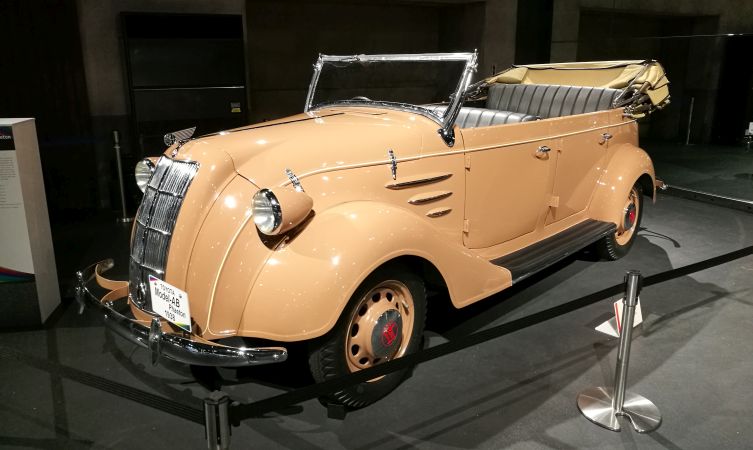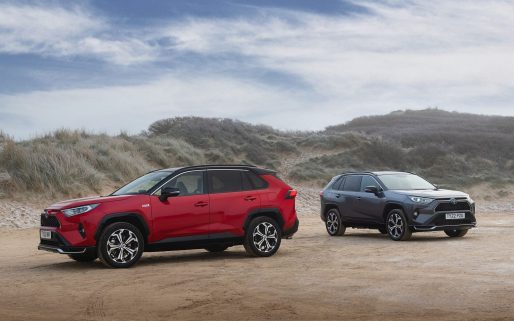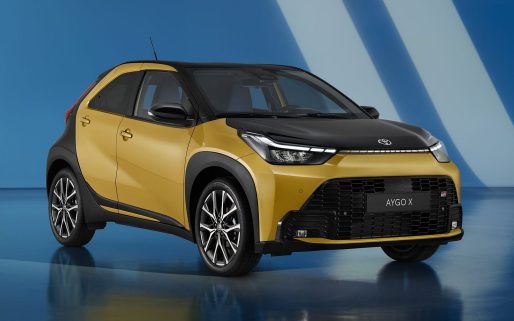People sometimes assume that platform sharing is a modern phenomenon among car-makers. But just as today’s TNGA platform is shared between Prius and Toyota C-HR, the very first Toyota chassis was shared between three commercially available production vehicles, the final and rarest of which is the Toyota Model AB Phaeton seen in these colour images.
What was Toyota’s first production vehicle?
The new ladder chassis developed by the fledgling automotive department of Toyoda Automatic Loom Works provided the foundation for the Model A1 prototype, three of which were built in May 1935. Although the prototype was an enclosed body passenger car, the first commercially produced model was actually the Toyoda Model G1 (below) launched in August 1935.
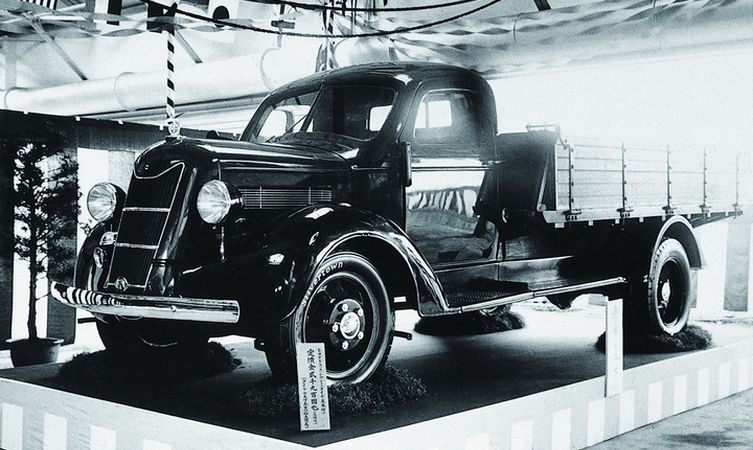
Why did Toyota begin its vehicle operations with a commercial flatbed truck?
First, the smaller, two-door passenger compartment was easier to develop and less costly in terms of tooling. In addition, Government subsidies had just been made available to supply haulage vehicles to the Japanese army. But in order to qualify, companies had to have produced a sufficient volume of these vehicles to be recognised on a new bill concerning the manufacture of motor vehicles. Finally, and perhaps most importantly in terms of the company’s vision, it was recognised that sales of the truck would assist the funding of passenger car development.
Toyota returns to passenger vehicles
When you consider that the majority of passenger cars on Japan’s roads in the mid-1930s had fabric-covered, wooden-frame bodies, the streamlined, all-steel construction of the new Toyoda Model AA saloon must have looked very modern. Up to the A-pillar it was similar to the Model G1 truck but had an elongated four-door body that incorporated a rear luggage compartment.

Just two months after the debut of the Model AA, Toyoda’s second mass-produced car was launched – the Model AB Phaeton (original press photo above). Although this canvas-topped, convertible derivation was a commercially available production model, it was primarily offered for military use and usually delivered with khaki paintwork as the default colour option. Very few examples were sold to civilians, which goes some way to explain the shorter and smaller production run.
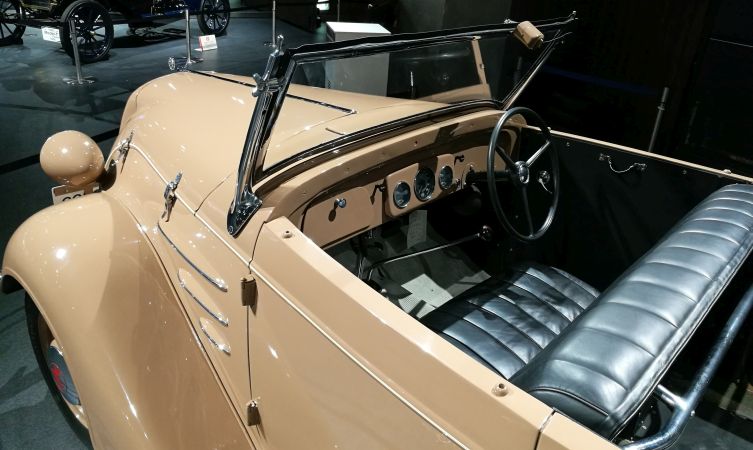
While all mechanical components were shared with its siblings, the Model AB Phaeton was more than just a roofless Model AA. The single-piece windscreen was contained within a separate, polished metal frame containing a hand-operated wiper mechanism. A prominent B-pillar separated the doors on each side, and the rear doors themselves had a more traditional front- rather than rear-hinged operation.
No side windows were available, so the retractable canvas roof only offered rudimentary overhead protection from the elements. Maximum passenger space was afforded by deleting the luggage compartment, a development that allowed the rear seat to be moved further back for increased legroom. But in certain circumstances it also provided space for an optional row of seats between the front and rear benches.
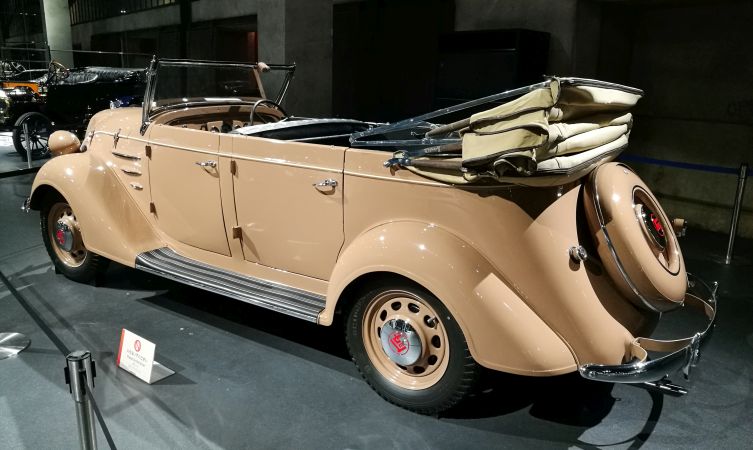
A total of 353 units were made between 1936 and 1938, with an initial price of 3,300 yen – 50 yen less than the Model AA. This particular example was made in the last year of production and was part of a fleet of vehicles taken over by Hosei University immediately after the war. Now fully restored and back in the possession of its maker, this 1938 Toyota Model AB Phaeton is displayed among the aisles of historic vehicles in Toyota Mega Web in Tokyo, Japan.
| VEHICLE | CONSTRUCTION | PRODUCED | REMAINING |
| Model G1 | 08/35 to 09/36 | 379 | 0 |
| Model AA | 07/36 to 1942 | 1404 | 1 |
| Model AB Phaeton | 09/36 to 1938 | 353 | 2+ |
Early models: Toyoda or Toyota?
The earliest vehicles produced by the automobile department of Toyoda Automatic Loom Works were branded with the founding family’s surname. This is why the Model G1 and early examples of the Model AA were officially Toyoda vehicles.
The automobile department of Toyoda Automatic Loom Works became the Toyota Motor Corporation in April 1937, the subtle change of consonant delivering an appealing eight-stroke signature and more balanced pronunciation.
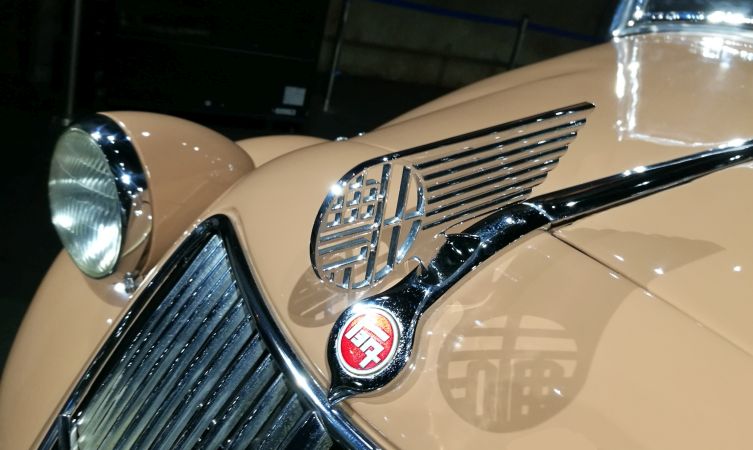
All vehicles produced from that point onward took the revised brand name Toyota, although it is clear that the transition took effect gradually. The image above, for example, shows the 1938 Toyota AB Phaeton with the new red-and-silver Toyota badge as well as the earlier winged bonnet mascot containing the stylised kanji characters for Toyoda.
Specifications of the 1938 Toyota AB Phaeton
| Overall length | 4,785mm |
| Overall width | 1,730mm |
| Overall height | 1,686mm |
| Wheelbase | 2,850mm |
| Vehicle weight | 1,500kg |
| Engine type | A-series water-cooled six-cylinder OHV |
| Displacement | 3,389cc |
| Maximum output | 65hp at 3,000rpm |
